DeLesley Hutchins
MELODI: Exploring Memory Compression for Long Contexts
Oct 04, 2024Abstract:We present MELODI, a novel memory architecture designed to efficiently process long documents using short context windows. The key principle behind MELODI is to represent short-term and long-term memory as a hierarchical compression scheme across both network layers and context windows. Specifically, the short-term memory is achieved through recurrent compression of context windows across multiple layers, ensuring smooth transitions between windows. In contrast, the long-term memory performs further compression within a single middle layer and aggregates information across context windows, effectively consolidating crucial information from the entire history. Compared to a strong baseline - the Memorizing Transformer employing dense attention over a large long-term memory (64K key-value pairs) - our method demonstrates superior performance on various long-context datasets while remarkably reducing the memory footprint by a factor of 8.
Memorizing Transformers
Mar 16, 2022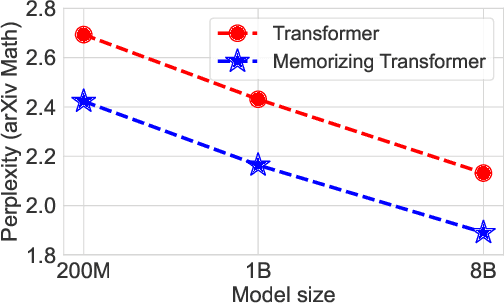
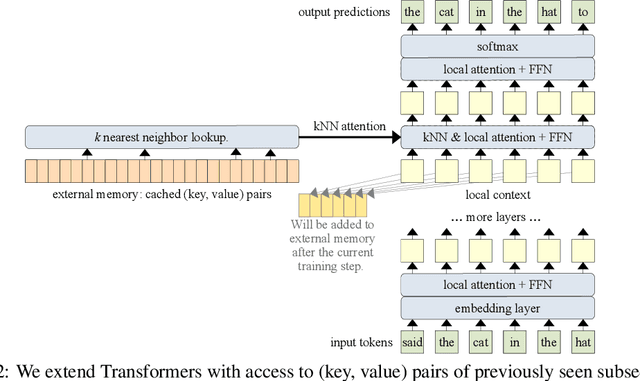

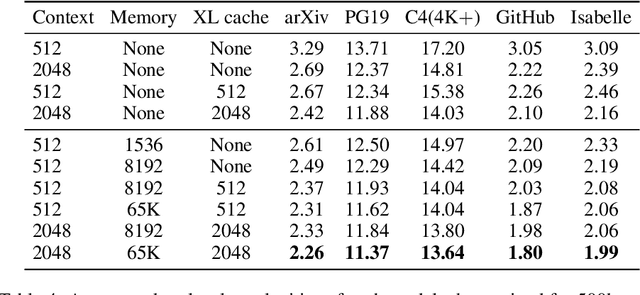
Abstract:Language models typically need to be trained or finetuned in order to acquire new knowledge, which involves updating their weights. We instead envision language models that can simply read and memorize new data at inference time, thus acquiring new knowledge immediately. In this work, we extend language models with the ability to memorize the internal representations of past inputs. We demonstrate that an approximate kNN lookup into a non-differentiable memory of recent (key, value) pairs improves language modeling across various benchmarks and tasks, including generic webtext (C4), math papers (arXiv), books (PG-19), code (Github), as well as formal theorems (Isabelle). We show that the performance steadily improves when we increase the size of memory up to 262K tokens. On benchmarks including code and mathematics, we find that the model is capable of making use of newly defined functions and theorems during test time.
Block-Recurrent Transformers
Mar 11, 2022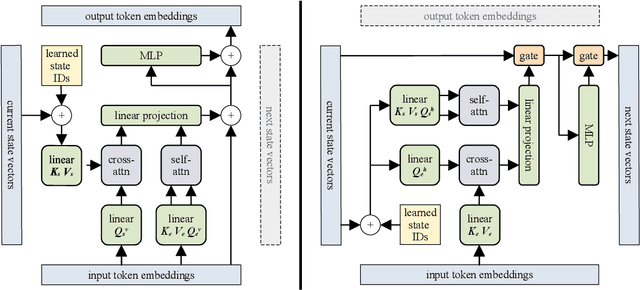
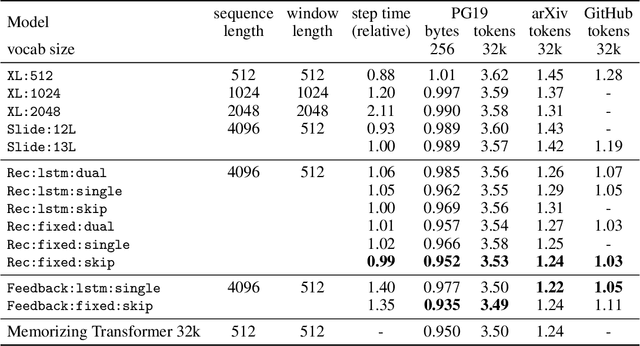
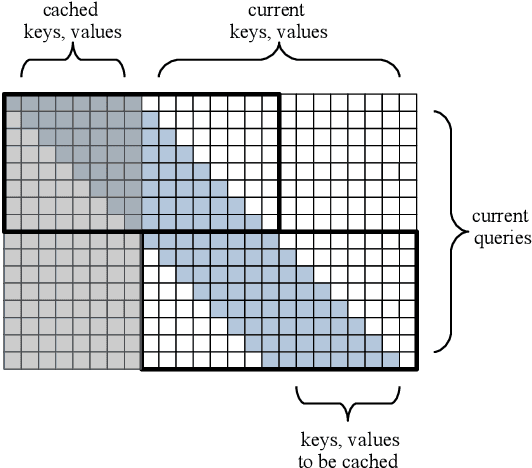

Abstract:We introduce the Block-Recurrent Transformer, which applies a transformer layer in a recurrent fashion along a sequence, and has linear complexity with respect to sequence length. Our recurrent cell operates on blocks of tokens rather than single tokens, and leverages parallel computation within a block in order to make efficient use of accelerator hardware. The cell itself is strikingly simple. It is merely a transformer layer: it uses self-attention and cross-attention to efficiently compute a recurrent function over a large set of state vectors and tokens. Our design was inspired in part by LSTM cells, and it uses LSTM-style gates, but it scales the typical LSTM cell up by several orders of magnitude. Our implementation of recurrence has the same cost in both computation time and parameter count as a conventional transformer layer, but offers dramatically improved perplexity in language modeling tasks over very long sequences. Our model out-performs a long-range Transformer XL baseline by a wide margin, while running twice as fast. We demonstrate its effectiveness on PG19 (books), arXiv papers, and GitHub source code.
Deep Learning with Dynamic Computation Graphs
Feb 22, 2017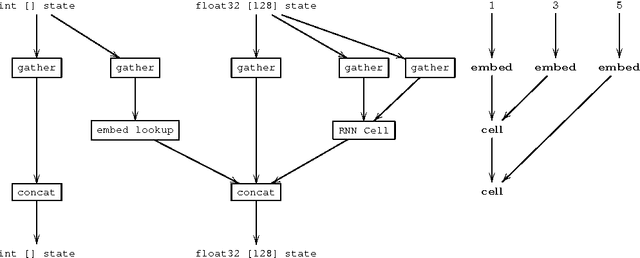
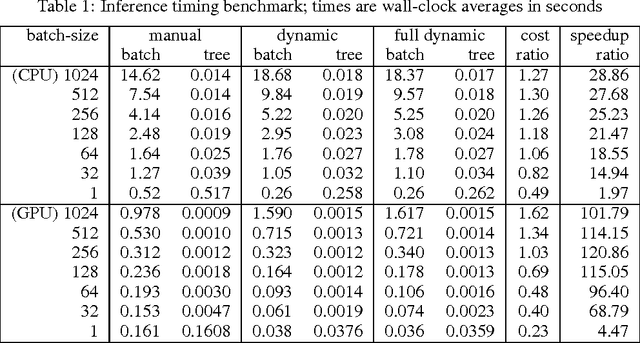

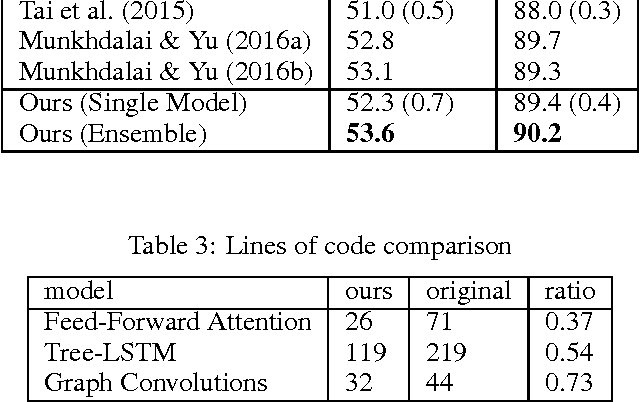
Abstract:Neural networks that compute over graph structures are a natural fit for problems in a variety of domains, including natural language (parse trees) and cheminformatics (molecular graphs). However, since the computation graph has a different shape and size for every input, such networks do not directly support batched training or inference. They are also difficult to implement in popular deep learning libraries, which are based on static data-flow graphs. We introduce a technique called dynamic batching, which not only batches together operations between different input graphs of dissimilar shape, but also between different nodes within a single input graph. The technique allows us to create static graphs, using popular libraries, that emulate dynamic computation graphs of arbitrary shape and size. We further present a high-level library of compositional blocks that simplifies the creation of dynamic graph models. Using the library, we demonstrate concise and batch-wise parallel implementations for a variety of models from the literature.
 Add to Chrome
Add to Chrome Add to Firefox
Add to Firefox Add to Edge
Add to Edge